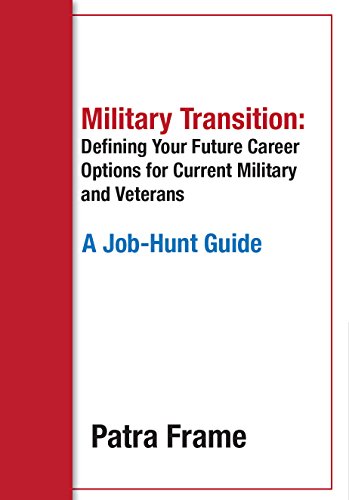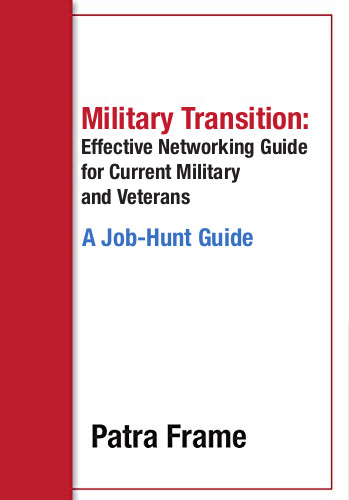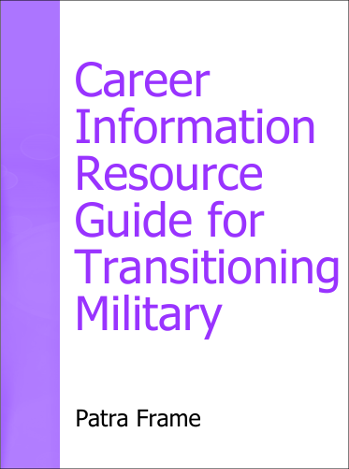A resume is an advertisement for you – designed solely to show what you can do immediately for an employer, so that they will contact you.
1. Focus, Focus, Focus!
Before you create your resumes, focus on the type of work you want to do and the organizations you want to work with. Be very specific in your goals. Learn and use ‘civilian’ terms. This is your ‘battle plan’ foundation. Then create marketing materials: resume, social media profiles, business cards – which clearly show why hiring you is an obvious choice.
2. Start with a Professional Summary.
Summaries show experiences, skills, and attributes as they apply to employer’s needs. Create your summary by highlighting your most relevant achievements and strengths. Go for clear, concise, and memorable – grab the reader’s attention. Do as bullets or a short paragraph:
* Experienced team leader known for training and developing highly productive staff….
* Recognized for intelligence data analytic skills …
* Selected to work with foreign and US teams to develop effective security practices under tight time limits.
3. Show Your Achievements.
Demonstrate how your past experience and knowledge will contribute to the job and organization right now! Don’t pretend you were not in the military. But do use keywords and terms relevant to your targeted employer. Skip job descriptions, tell what you actually did. Detail the situation or task, your actions, and the results. Quantify what you can.
* Appointed to lead team revising supervisor training to support safety and security efforts in combat operations, created new program within 60 days which reduced accidents and injuries.
* Took over failing function, within 90 days built effective team, improved critical metrics, closed all overdue items, and function received high ratings on re-inspection.
* Researched, wrote, and presented daily intelligence summaries to national command authority.
4. Tailor the Resume to the Opportunity and Organization.
Use the keywords that are current for your field, the employer, and for the specific job.
Focus on the most relevant parts of your experience and achievements.
5. Get the Basics Right.
* Make it easy to read – plenty of white space, easy to read font, bullet points, limited use of fancy formatting.
* Have a professional email address and list one phone number with voice mail.
* Keep it professional. Omit personal interests and activities unless directly related to the job.
* Two pages max! Most preferred format is reverse chronological with current job shown first.
* Tell more about most recent jobs, less about earlier ones. Dump jobs that are more than 10-15 years ago or create a simple summary sentence.




